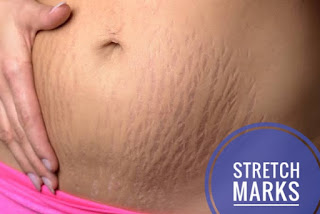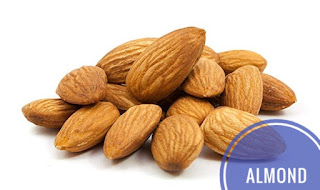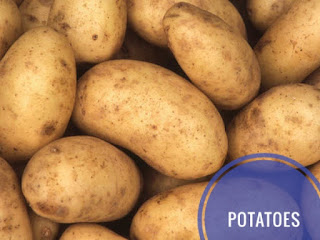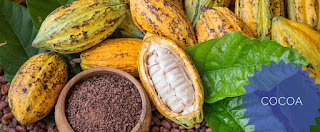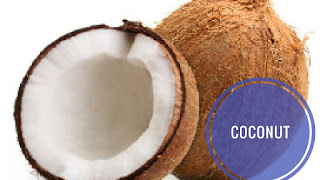The Economic and Financial Crimes Commission (EFCC) has disclosed that underage boys involved in internet fraud, commonly known as 'Yahoo Yahoo,' utilize age declarations to open bank accounts and obtain driver's licenses to facilitate the expenditure of their ill-gotten gains. The EFCC has pledged to pursue government agencies and individuals responsible for issuing fraudulent documents for these deceptive age declarations.
During a courtesy visit to the Edo State Council of the Nigeria Union of Journalists (NUJ) in Benin City, Effa Okim, the Zonal Director of the EFCC for Edo, Delta, and Ondo states, shared this information. He also revealed that despite its smaller size, Edo State ranks second only to Lagos in terms of convictions.
Okim expressed concern about the prevalence of 'Yahoo Yahoo' activities on the streets, describing it as disturbing and detrimental to the reputation of Edo State. He highlighted cases where underage boys are sentenced to jail, despite being legally exempt from such punishment due to their age. Okim explained that these individuals collude with certain authorities to obtain fraudulent age declarations, falsely claiming to be 18 years old, in order to open bank accounts and establish their criminal enterprises. However, when apprehended, their parents often assert that their children are underage, raising questions about their involvement in document forgery and their awareness of their children's irresponsible spending.
The EFCC is committed to collaborating with the media to reduce the visibility of crime in society, aligning with its mandate and vision. Festus Alenkhe, in response, urged the new zonal director to maintain an open-door policy and ensure the availability of information to journalists.




